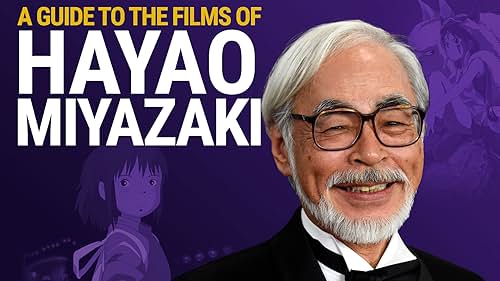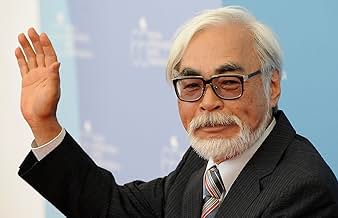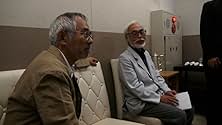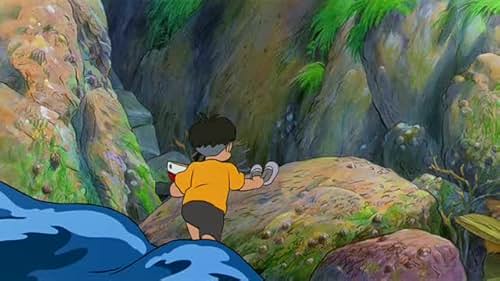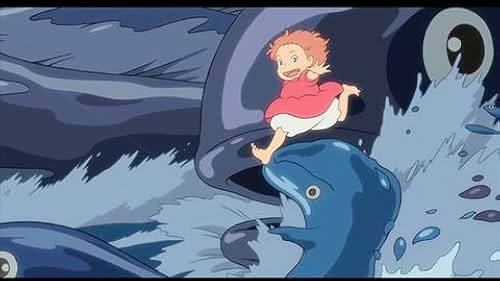Hayao Miyazaki
- Animation Department
- Writer
- Art Department
Hayao Miyazaki is one of Japan's greatest animation directors. The entertaining plots, compelling characters, and breathtaking visuals in his films have earned him international renown from critics as well as public recognition within Japan.
Miyazaki started his career in 1963 as an animator at the studio Toei Douga studio, and was subsequently involved in many early classics of Japanese animation. From the beginning, he commanded attention with his incredible drawing ability and the seemingly endless stream of movie ideas he proposed.
In 1971, he moved to the A Pro studio with Isao Takahata. In 1973, he moved to Nippon Animation, where he was heavily involved in the World Masterpiece Theater TV animation series for the next 5 years. In 1978, he directed his first TV series, Future Boy Conan (1978). Then, he moved to Tokyo Movie Shinsha in 1979 to direct his first movie, the classic Lupin III: The Castle of Cagliostro (1979). In 1984, he released Nausicaä of the Valley of the Wind (1984), which was based on the manga of the same title he had started 2 years before. The success of the film led to the establishment of a new animation studio, Studio Ghibli. Since then, he has since directed, written, and produced many other films with Takahata. More recently, he has produced with Toshio Suzuki. All enjoyed critical and box office success, in particular Princess Mononoke (1997). It received the Japanese equivalent of the Academy Award for Best Film and was the highest-grossing (about USD $150 million) domestic film in Japan's history at the time of its release.
In addition to animation, he also draws manga. His major work was Nausicaä, an epic tale he worked on intermittently from 1982 to 1984 while he was busy making animated films. Another manga Hikotei Jidai, later evolved into Porco Rosso (1992).
Miyazaki started his career in 1963 as an animator at the studio Toei Douga studio, and was subsequently involved in many early classics of Japanese animation. From the beginning, he commanded attention with his incredible drawing ability and the seemingly endless stream of movie ideas he proposed.
In 1971, he moved to the A Pro studio with Isao Takahata. In 1973, he moved to Nippon Animation, where he was heavily involved in the World Masterpiece Theater TV animation series for the next 5 years. In 1978, he directed his first TV series, Future Boy Conan (1978). Then, he moved to Tokyo Movie Shinsha in 1979 to direct his first movie, the classic Lupin III: The Castle of Cagliostro (1979). In 1984, he released Nausicaä of the Valley of the Wind (1984), which was based on the manga of the same title he had started 2 years before. The success of the film led to the establishment of a new animation studio, Studio Ghibli. Since then, he has since directed, written, and produced many other films with Takahata. More recently, he has produced with Toshio Suzuki. All enjoyed critical and box office success, in particular Princess Mononoke (1997). It received the Japanese equivalent of the Academy Award for Best Film and was the highest-grossing (about USD $150 million) domestic film in Japan's history at the time of its release.
In addition to animation, he also draws manga. His major work was Nausicaä, an epic tale he worked on intermittently from 1982 to 1984 while he was busy making animated films. Another manga Hikotei Jidai, later evolved into Porco Rosso (1992).
A Guide to the Films of Hayao Miyazaki
A Guide to the Films of Hayao Miyazaki
From Castle in the Sky to The Wind Rises, we track the vibrant cinematic stylings of legendary animation director Hayao Miyazaki.

